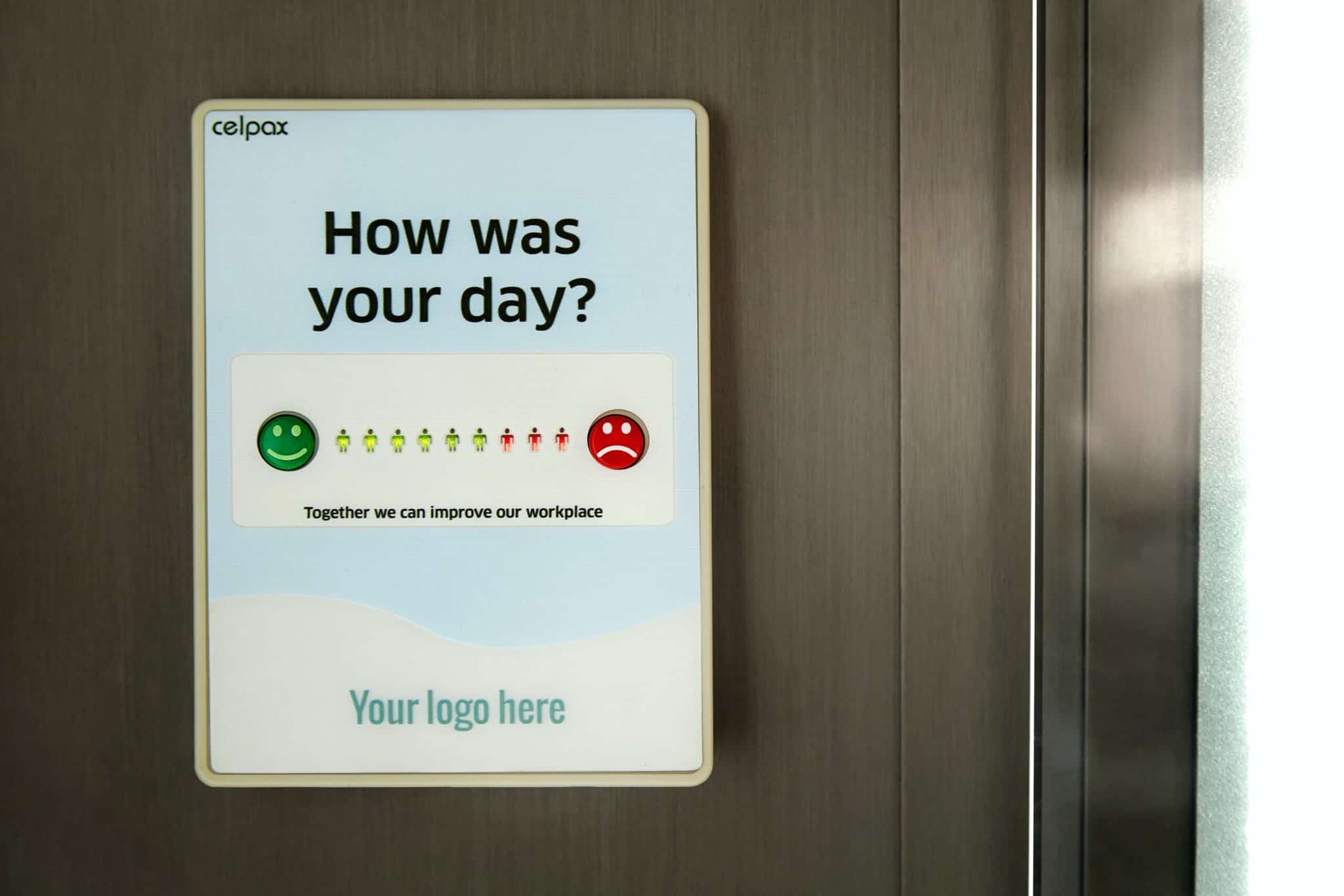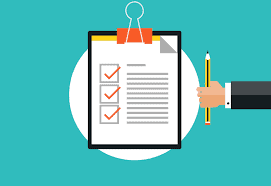A Comprehensive Guide for Effective Data Collection
Understanding how to conduct a survey effectively is a crucial skill in today’s data-driven world. Surveys are powerful tools for gathering information, opinions, and insights from a specific group of people. Whether for academic research, market analysis, or social science studies, knowing how to conduct a survey can significantly impact the quality and reliability of the data collected.
The Basics of Survey Conduct
To begin, it’s essential to have a clear objective for your survey. This will guide the entire process, from question design to data analysis. Clearly defining the purpose of the survey ensures that the questions asked are relevant and focused.
Steps on How to Conduct a Survey
Define the Purpose and Objectives: Understanding the goal of your survey is the first step in how to conduct a survey. This includes identifying what information you need and what you intend to do with the data.
Determine Your Target Audience: Identifying who you need to survey is crucial. The target audience should be representative of the larger population you’re trying to understand.
Choose the Type of Survey: Decide whether your survey will be conducted online, via telephone, face-to-face, or through traditional mail. Each method has its advantages and limitations.
Design the Survey: Crafting questions that are clear, concise, and unbiased is a critical aspect of how to conduct a survey. This includes deciding on open-ended or closed-ended questions.
Pilot the Survey: Conducting a pilot survey with a small portion of your target audience can help identify any issues with the survey design.
Distribute the Survey: The method of distribution should align with your chosen type of survey. It’s important to reach a broad and representative sample of your target population.
Collect and Analyze Data: After collecting responses, the next step in how to conduct a survey is data analysis. This involves interpreting the results in the context of your objectives.
Report Your Findings: The final step is to compile the data into a report, presenting your findings in a clear and understandable manner.
Best Practices in Survey Conduct
Avoid Leading Questions: To ensure unbiased data, questions should be neutral and not lead respondents towards a particular answer.
Keep it Short and Simple: Long surveys can lead to respondent fatigue, which might affect the quality of the responses.
Ensure Anonymity and Confidentiality: Assuring respondents that their information will be kept confidential can increase response rates and honesty.
Use a Balanced Rating Scale: If using a rating scale, it should be balanced to capture the range of possible responses.
Common Challenges in Conducting Surveys
One of the primary challenges in how to conduct a survey is achieving a high response rate. Another is ensuring that the survey sample is representative of the larger population. Bias in question design and interpretation of results can also impact the survey’s effectiveness.
Utilizing Technology in Survey Conduct
Advancements in digital technology have transformed how to conduct surveys. Online survey tools and platforms offer a convenient, efficient, and cost-effective way to design, distribute, and analyze surveys. They also provide the ability to reach a wider audience and collect data quickly.
The Importance of Ethical Considerations
Ethical considerations are paramount in how to conduct a survey. This includes obtaining informed consent, ensuring privacy, and being transparent about the purpose of the survey and how the data will be used.
How to Conduct a Survey: A Comprehensive Guide for Effective Data Collection
Mastering how to conduct a survey is a vital skill in a world increasingly reliant on data. Surveys are indispensable tools for gathering insights, opinions, and information from targeted groups, essential in fields ranging from market research to academic studies. This comprehensive guide provides an in-depth look at how to conduct a survey effectively, ensuring that the data collected is reliable and useful.
Understanding the Purpose of Surveys
A survey is more than just a collection of questions; it’s a systematic method for gathering information. Whether it’s understanding consumer preferences, gauging public opinion, or conducting academic research, the purpose of the survey dictates its design and implementation. Therefore, a clear understanding of the objectives is the first critical step in how to conduct a survey.
Detailed Steps on How to Conduct a Survey
Define Clear Objectives: The first step in how to conduct a survey involves establishing what you want to achieve. Are you exploring opinions, measuring satisfaction, or gathering factual data? Clear objectives guide the entire survey process.
Identify Your Target Audience: Who you survey is as important as what you ask. Define the demographic characteristics of your target audience to ensure the data collected is relevant and representative.
Select the Right Survey Method: There are several ways to conduct a survey: online, in-person, over the phone, or by mail. Each method has its advantages and challenges, and your choice should be influenced by your target audience and objectives.
Craft Thoughtful Questions: The questions should be clear, unbiased, and structured to elicit the information you need. Decide between open-ended questions, which offer depth, and closed-ended questions, which are easier to analyze.
Design the Survey: Consider the layout and order of questions. The survey should be intuitive and logical, with a smooth flow from one question to the next.
Pilot Test the Survey: Before full deployment, test the survey with a small, representative sample of your target audience. This helps identify any issues with the questions or format.
Administer the Survey: Distribute your survey using the chosen method. For higher response rates, ensure the process is as convenient as possible for respondents.
Collect and Analyze Data: After collecting responses, analyze the data in line with your objectives. Look for trends, patterns, and insights that address your initial questions.
Report the Findings: Present your findings in a clear, concise manner. The report should reflect the objectives of the survey and provide actionable insights based on the data collected.
Best Practices in Survey Design and Execution
Ensure Question Clarity: Avoid ambiguity and complexity in questions. Simple, direct questions yield the most accurate responses.
Maintain Neutrality: To avoid bias, ensure that questions and answer choices are neutral and unbiased.
Consider the Length: Keep the survey concise. Longer surveys may lead to respondent fatigue, affecting the quality of responses.
Assure Privacy and Confidentiality: Make clear to respondents how their data will be used and ensure their privacy and confidentiality.
Addressing Common Challenges in Survey Conduct
One significant challenge in how to conduct a survey is obtaining a high response rate. Strategies to address this include personalizing invitation messages, offering incentives, and ensuring the survey is as accessible as possible. Another challenge is ensuring the representativeness of the survey sample, which is crucial for the generalizability of the results.
Leveraging Technology in Surveys
Modern technology offers diverse tools for survey conduct, from online survey platforms to mobile apps. These technologies facilitate easier survey distribution, real-time data collection, and more efficient data analysis.
Ethical Considerations in Survey Research
Ethical conduct is essential in how to conduct a survey. This involves obtaining informed consent, ensuring participant anonymity (when necessary), and being transparent about the purpose and use of the collected data.
Advanced Techniques in Survey Methodology
For those looking to deepen their understanding of how to conduct a survey, exploring advanced techniques like random sampling, stratified sampling, and the use of control groups can be beneficial. These techniques enhance the reliability and validity of survey results.
Conclusion
Knowing how to conduct a survey is an invaluable skill in our data-centric world. A well-executed survey can unveil critical insights and inform decisions across various domains. By adhering to the principles and best practices outlined in this guide, one can conduct effective and impactful surveys, gathering meaningful data that can significantly contribute to knowledge and decision-making processes.
Knowing how to conduct a survey is an essential skill in many fields. A well-conducted survey can provide valuable insights and inform decision-making processes. By following the steps and best practices outlined, anyone can conduct effective and reliable surveys, gathering meaningful data that can provide significant insights and contribute to knowledge in various domains. Vparagon conducts survey’s and market researches for big corporations and organizations since over 5 years.







